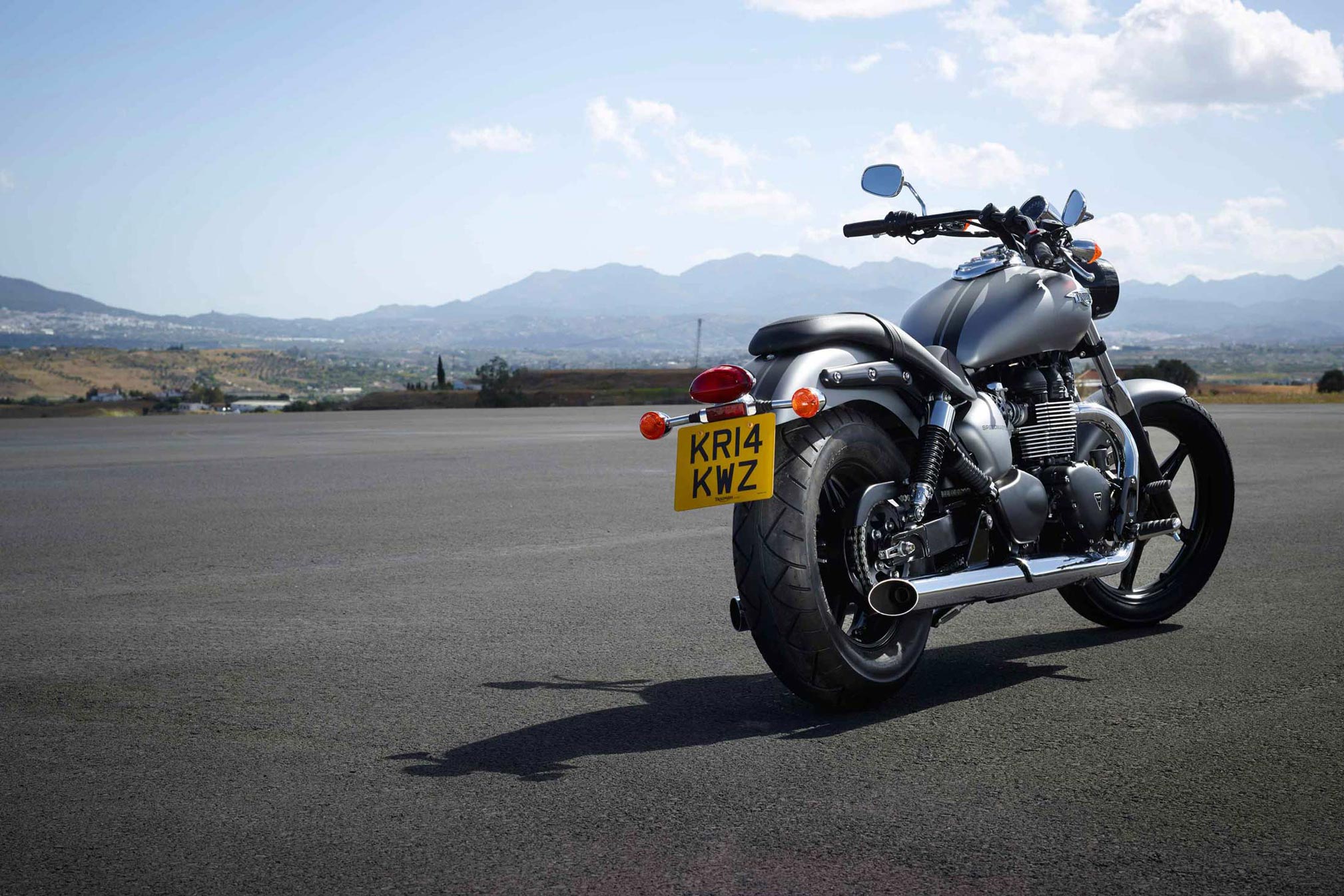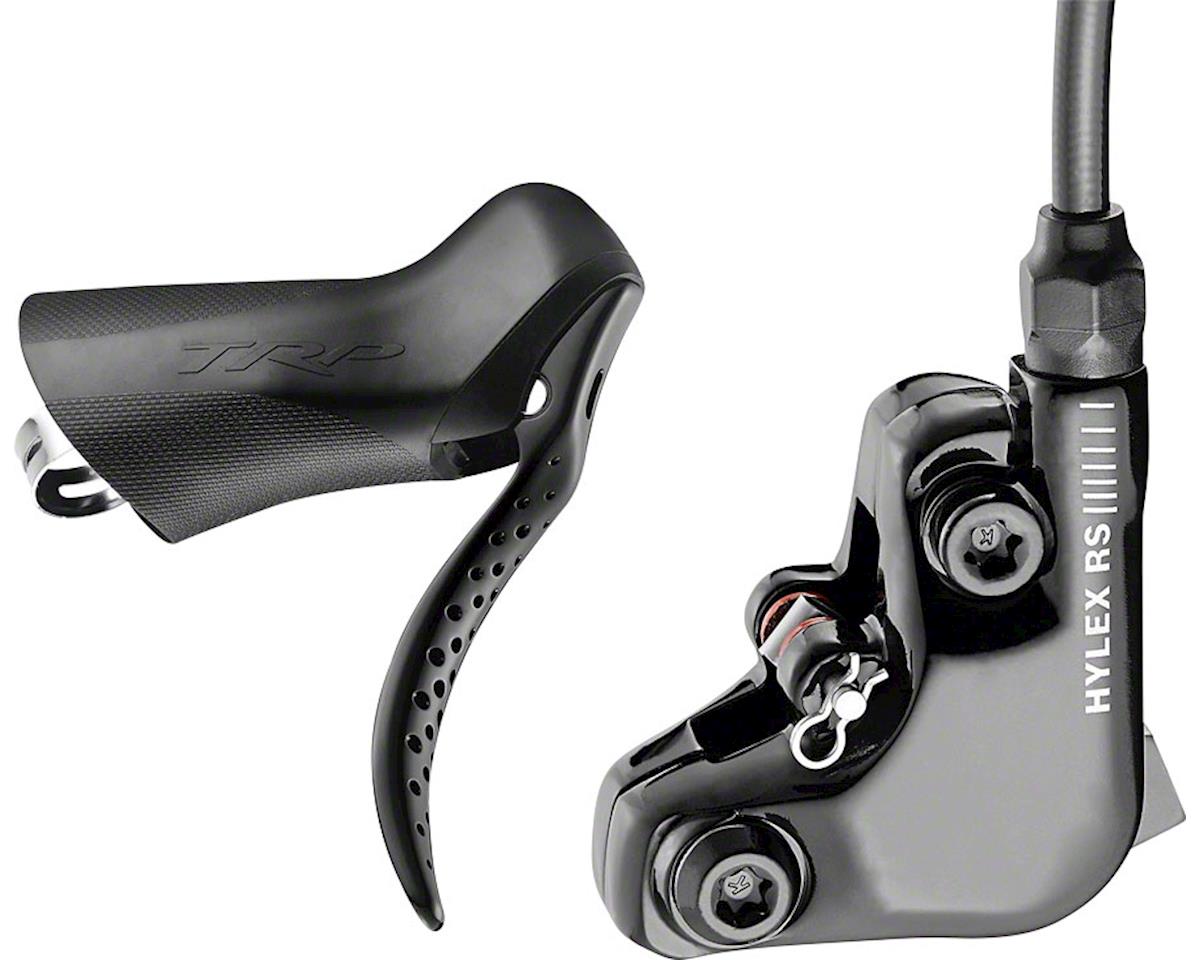

The rule with almost any race, especially the marathon, is never try something new in a race. Make sure you adapt by training in flats first. If you’re already training gingerly to keep injuries at bay, racing hard in racing flats might be the straw that breaks the camel’s back.Ģ. The first consideration is to make sure you don’t have any nagging injuries or tweaks that might flare up. However, there are some general principles that can apply, from which I’ve derived a an accurate formula to help you determine if racing flats are the right footwear choice for you on race day. Like almost any aspect of training, the decision on whether to wear racing flats isn’t a one-size-fits-all solution. This can be a perilous side-effect, especially if you’re already prone to overtraining or over-racing. Even if you emerge from the race injury-free, racing in flats could mean it takes longer for your muscles to heal. Because training consistently and staying injury-free is the most important component to improving long-term, it’s important to think carefully about whether you’re ready to race in flats.Īnother potential disadvantage of racing flats related to increased injury risks is that the increased stress and peak forces require a longer recovery cycle. Without the abundant cushioning and support found in traditional shoes, racing flats increase peak pressure, maximum force, and contact area, which can result in higher occurrence of stress fractures and other stress-related injuries. While analyzing the potential benefits of racing flats makes using them seem like a no-brainer, strapping on lightweight shoes does have its drawbacks. Scientifically Proven Disadvantages Of Racing Flats RELATED–Kissing World Records Goodbye: A Closer Look At The adidas Adios 2 Remember, not all the benefits of racing flats have to be measured in a laboratory. Slipping on the special racing shoes is a clear sign to your mind that it’s time to boogie. Any ritual you can perform on race day that helps trigger your mind into competition mode will improve your performance and execution. Likewise, an important component of racing is getting “in the zone”. Sometimes just having your shoes feel as light as feathers can give you all the confidence you need. If you’ve ever slipped on a pair of 5oz racers just before the starter’s gun sounded, you know how much of a mental boost it can be. While I really shouldn’t classify psychological advantages under the scientifically proven benefits heading, it is widely known that your mental preparation and outlook can have a major effect on your performance. Furthermore, faster ground contact times indicate mid-foot and forefoot foot strikes, which are indicators of good running form. By naturally improving your ground contact time without a related increase in oxygen consumption, racing flats help you run faster and more efficiently. Faster ground contact times lead to increased speed and efficiency, but only if a runner doesn’t have to generate greater force to improve contact time (i.e. That’s a pretty quick and easy way to improve without any extra work!Īnother benefit to the use of flats is improved ground contact time (the amount of time it takes your foot to hit the ground, roll forward, and toe off). Simply speaking, you can improve your VO2max by as much as 1-2% for every 3-4oz you’re able to cut from your shoes. Luckily, a group of researchers determined that the effect of extra weight on oxygen uptake is 1% per 100g per foot. However, few runners know exactly how this drop in weight will translate into faster race times. It doesn’t take a PhD to understand that the less weight your foot has to lift with each stride, the easier it is to increase turnover and move forward. MORE: Should I wear racing flats for the marathon? And since the day Bowerman first molded rubber with his wife’s waffle iron, scientists have been studying how racing flats can make runners faster. Scientifically Proven Benefits Of Racing Flatsīill Bowerman and Nike became famous thanks to the introduction of the lightweight waffle racer.

RELATED: Ready To Race: 2012 Racing Flat Review

But can wearing racing flats help you, the average runner, even if you’re not running world-class times?įirst, we’ll break down the scientific advantages and disadvantages of wearing racing flats, then provide specific instructions on when and what type of racing flat to wear–regardless of what pace you’re running or distance you’ll be racing. When you’re vying for a top-10 finish at a major marathon or your most recent results determine if you can put food on the table, it’s easy to understand why wearing racing flats is a no-brainer. We help you weigh the risks versus the rewards before making your decision.


 0 kommentar(er)
0 kommentar(er)
